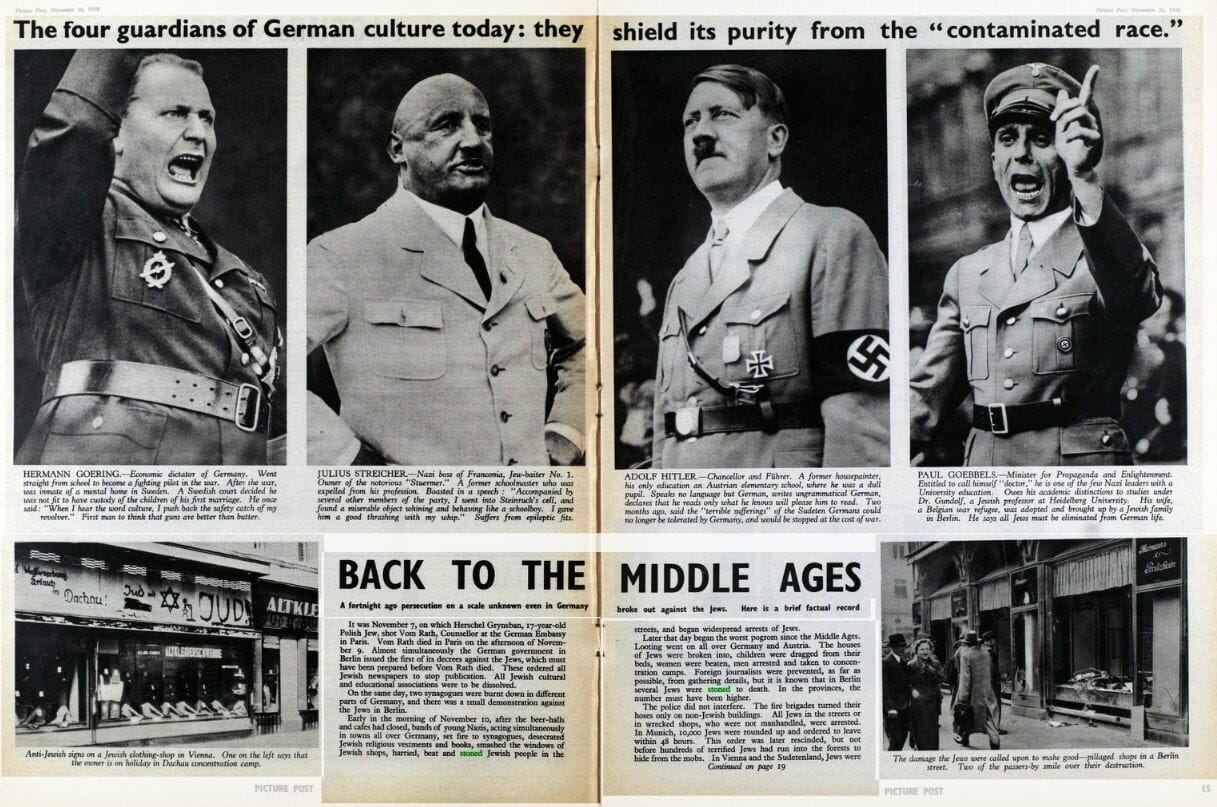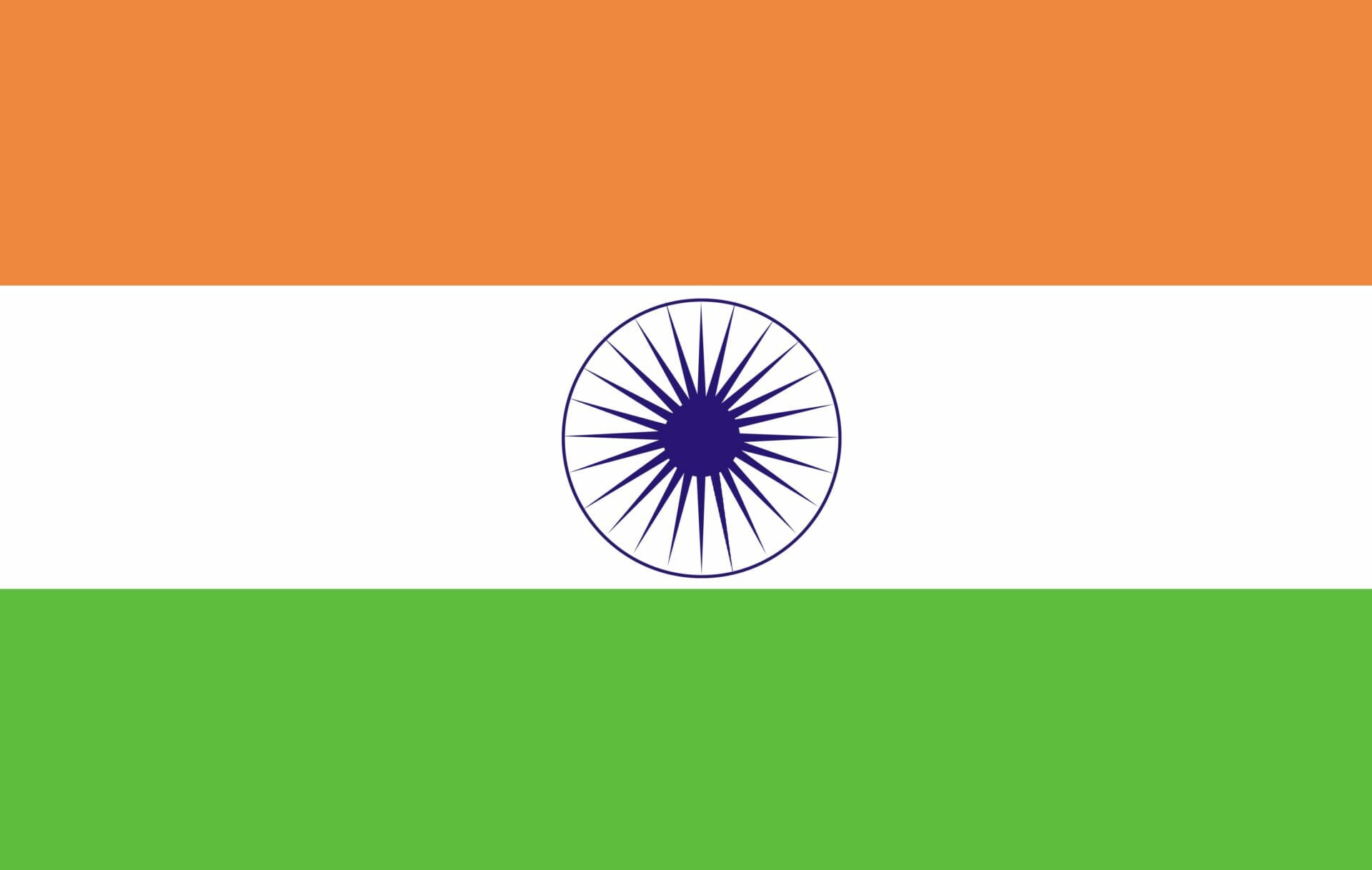This is the second of two posts exploring how lively debate and strong clashes of opinion have coloured the British press at certain historical moments. My first post looked at the differing opinions printed prior to, and during, WWI. Firstly, this showed that opinion was split on the likelihood of war in Europe, and then, once Europe had indeed plunged into a long and bitter war, news commentators clashed on the leadership of the British army – a debate which spiralled on in the succeeding decades. (Click here to read the first post.) I’ll now be turning to the broad landscape of opinions and commentary which permeated the British press in response to the rise of fascism. Interestingly, as well as some of the most well-known arguments, this post brings to the fore views which have now been side-lined, discredited or simply eclipsed by modern interpretations.
Newsvault
India Independence day is today
by Naina Malhotra
August 15, 1947 was the day when the tricolor was raised and Independent India emerged. It has been a revolutionary period of more than 60 years for India since the nation became independent from colonial rule. I was curious to go down the history to find out how the changes took place through these years, looking at Gale resources:


